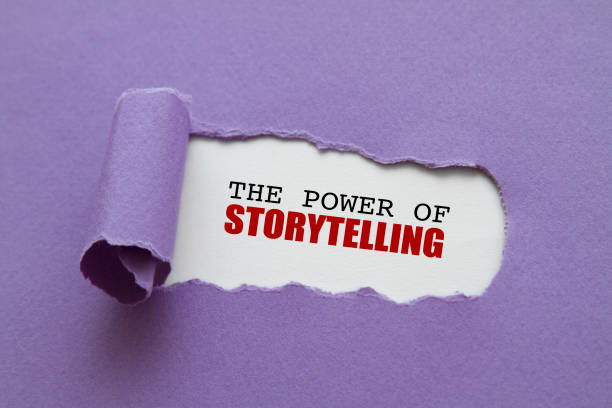- Get link
- X
- Other Apps
- Get link
- X
- Other Apps
The Power of Storytelling
Storytelling is an ancient art that transcends time and culture. From the earliest cave paintings to the modern-day cinema, humans have used stories to communicate, connect, and make sense of the world around them. In the realm of communication, storytelling stands as a powerful and universal tool that captivates hearts and minds.
Connecting Through Narrative
At its core, storytelling is about connection. It goes beyond the transmission of information; it weaves a narrative that resonates with the human experience. Through stories, we share emotions, experiences, and values, fostering a sense of empathy and understanding among individuals. Whether it's a personal anecdote or a grand epic, storytelling has the ability to bridge gaps and create a shared sense of humanity.
The Impact on Memory and Learning
Research shows that our brains are wired to remember stories. Unlike dry facts or statistics, narratives engage multiple areas of the brain, making information more memorable. This cognitive connection between storytelling and memory has been utilized for centuries, from ancient oral traditions to modern educational techniques. Whether in classrooms or boardrooms, a well-told story can leave a lasting impression, enhancing the retention and understanding of information.
The Essence of a Good Story
A compelling story comprises key elements that engage the audience:
- Characters: Memorable and relatable characters draw readers or listeners into the narrative.
- Plot: A well-structured plot with conflict and resolution creates tension and emotional impact.
- Setting: The backdrop of the story provides context and enhances the overall experience.
- Theme: A central theme or message adds depth and meaning to the narrative.
The Art of Persuasion
Storytelling is a persuasive tool that can influence opinions and shape perceptions. In the business world, successful leaders use stories to inspire teams, convey vision, and build a compelling narrative around their brand. Politicians craft stories to connect with voters, and advertisers use narratives to create emotional ties to products. By tapping into the emotional resonance of stories, communicators can sway opinions and motivate action.
Crafting Your Story
Whether you're a professional storyteller or sharing a personal experience, consider these tips:
- Know Your Audience: Tailor your story to resonate with the interests and experiences of your audience.
- Create a Strong Opening: Capture attention from the start with a compelling introduction.
- Build Tension: Keep the audience engaged by introducing conflict or challenges within the narrative.
- Provide Resolution: Conclude your story with a satisfying resolution or a thought-provoking open-ended conclusion.
Empowering Change
Stories have the power to inspire change on a personal and societal level. Movements for social justice often leverage storytelling to humanize issues and amplify voices. By sharing personal narratives, individuals can create empathy and understanding, driving positive change. Whether addressing global challenges or personal struggles, storytelling serves as a catalyst for empowerment and transformation.
Conclusion
In the grand tapestry of human communication, storytelling stands as a timeless thread that weaves together the fabric of our experiences. It is a tool of connection, a vessel of memory, a persuasive force, a cultural cornerstone, and a catalyst for change. As we embrace the power of storytelling, we recognize its ability to shape our understanding of the world and, ultimately, to bind us together through the universal language of narrative.
- Get link
- X
- Other Apps

Comments
Post a Comment